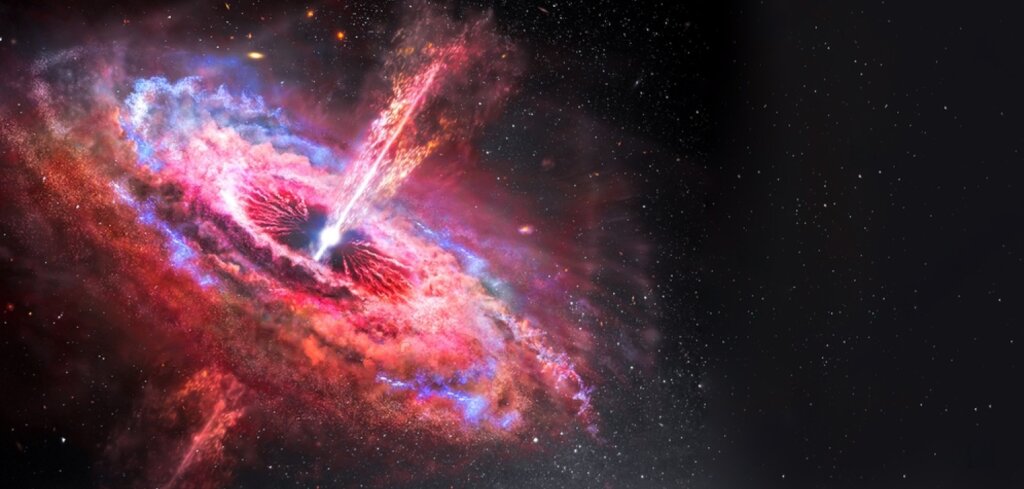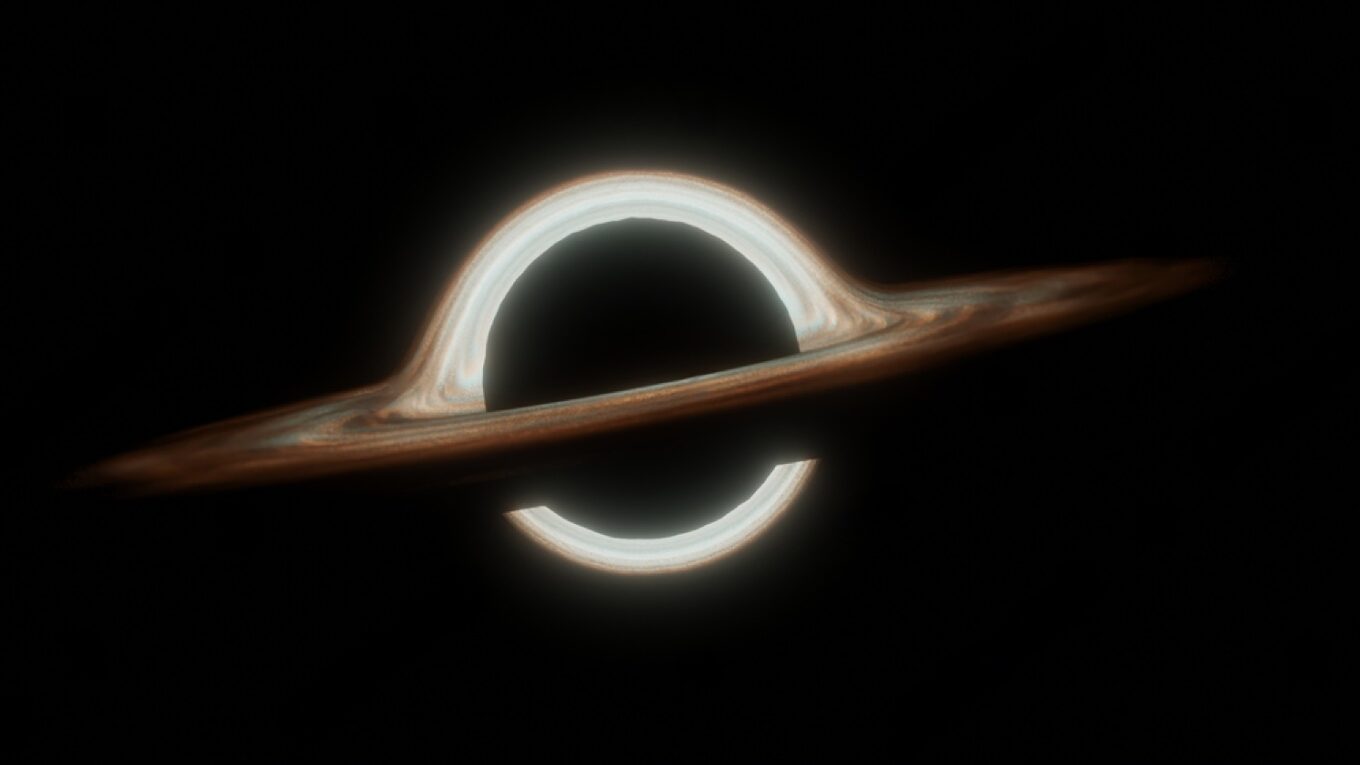A Journey Through Black Holes
A Journey Through Black Holes and White Holes
Introduction
In the vast expanse of the Universe, there exist celestial phenomena that challenge our understanding of the cosmos. One such enigmatic entity is the black hole, a gravitational vortex that engulfs everything within its reach. However, recent scientific theories propose the existence of a mysterious counterpart to the black hole – the white hole. In this blog, we will delve into the intriguing world of black holes and explore the possibility of their white hole twins.
The Black Hole: A Cosmic Abyss
Black holes are incredibly dense objects, remnants of massive stars that have collapsed under their own gravity. The immense mass of black holes creates an intense gravitational force, pulling everything towards them. These gravitational behemoths compress all matter they ingest into an infinitely small point at their center, known as a singularity.
Every black hole is surrounded by an event horizon, a boundary beyond which nothing can escape. To overcome the event horizon, an object would need to travel faster than the speed of light, which is currently considered impossible according to our understanding of physics.
The White Hole: A Gateway to Another Universe?
While black holes trap everything within their grasp, white holes are believed to be their opposite. Scientists theorize that white holes are constantly expelling matter into the Universe, possibly serving as gateways to other universes. However, unlike black holes, nothing can enter a white hole.
Although scientists have observed and even captured images of black holes, their white hole counterparts have remained elusive. But recent discoveries of mysterious gamma-ray bursts have reignited the search for evidence of white holes.
Gamma-Ray Bursts: Clues to the Existence of White Holes
Gamma-ray bursts are highly energetic events that release as much energy in a few seconds as our Sun does in its entire lifetime. These bursts are thought to occur when a black hole is formed. However, scientists have detected a peculiar gamma-ray burst, named GRB 060614, which behaved differently from typical black hole bursts.
This unique burst lacked the usual afterglow associated with black holes, leading scientists to theorize that it could be evidence of a white hole. While conclusive proof is yet to be obtained, this discovery has opened up new possibilities in understanding the nature of these cosmic phenomena.
The Perilous Journey into a White Hole
Embarking on a journey into a white hole would be a perilous endeavor. If one were to approach a theoretical white hole, it would appear similar to a black hole – a dark emptiness surrounded by a ring of dust and gas separated by an event horizon.
However, entering a white hole would not be as straightforward as it may seem. Intense gamma radiation emitted by the white hole would obliterate any spacecraft and its contents. Even with advanced technology, surviving these intense gamma rays would be impossible. Furthermore, the ejected radiation and the warping of space-time would create immense resistance, making progress akin to traveling uphill against a forceful wind.

The Possibility of a Wormhole
Scientists propose that a potential route into a white hole could be through a wormhole connecting it to its black hole counterpart. However, traversing this wormhole would be challenging, as it is inherently unstable and could collapse unpredictably at any moment.
If one were audacious enough to enter a black hole, passing through its event horizon would result in a burst of bright light. Relativistic beaming effects would create the illusion of falling back through the black hole, leading to a disorienting experience. Overcoming extreme gravitational forces and striving to travel faster than the speed of light would stretch the traveler’s body thin, a phenomenon known as reverse spaghettification.
Eventually, if successful, the traveler would emerge from the black hole’s event horizon, propelled into a different region of the Universe or potentially even into another universe altogether.
A Universe of Unknowns
The possibility of traversing a white hole and exploring new realms of the Universe is indeed captivating. However, it is crucial to acknowledge the immense challenges and mysteries that lie ahead. Entering a universe with different physical laws or encountering unfamiliar cosmic phenomena could present unforeseen obstacles.
While the concept of black holes and their white hole counterparts sparks the imagination, it is equally important to explore other fascinating discoveries made by scientists. For example, the existence of a planet similar to Earth but with terrifying aspects holds its own allure.
In Conclusion
The enigmatic nature of black holes and the tantalizing possibility of white holes continuously push the boundaries of our understanding of the Universe. While the journey into a white hole remains theoretical and fraught with challenges, the pursuit of knowledge and exploration propels us towards new frontiers.
So, whether you choose to embark on an epic journey into the depths of a black hole or explore other cosmic wonders, the Universe is vast, brimming with mysteries waiting to be unraveled.
Please visit for more Christian stuff :
Visit : https://onewaytheonlyway.com
Quora : https://onewaytheonlyway.quora.com
Pinterest : https://in.pinterest.com/madhuym2012/
Facts Blog : https://factsblog.in
Tumblr: https://www.tumblr.com/blog/onewaytheonlyway
YouTube : https://www.youtube.com/c/Tysonpaul




Recent Comments